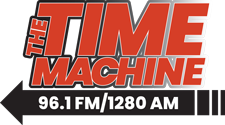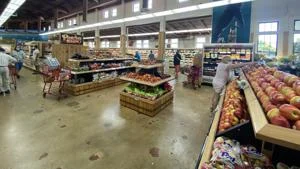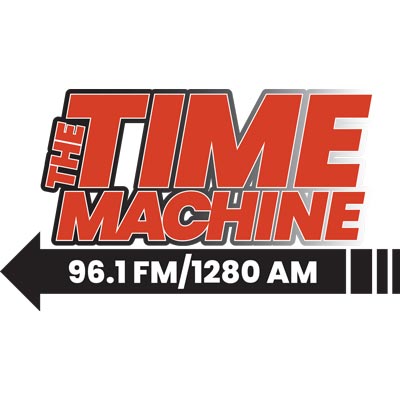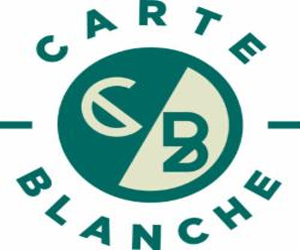This week we get new data on U.S. productivity for Q2 (previous reading: -1.5%) and U.S. unit labor costs for Q2 (previous reading: 6.6%). These numbers will provide crucial insight into whether the economic growth slowdown that began in the first half of this year is accelerating or stabilizing.
Q1 marked the first decline in nonfarm business sector labor productivity since the second quarter of 2022 – a troubling milestone that coincided with the broader economic deceleration we’ve observed this year.
Private sector job growth collapsed from 137,000 in May to just 74,000 in June, while real wage growth has turned negative again. The hiring rate is the lowest since October 2013. At the same time, the civilian labor force has been shrinking for three consecutive months.
And while traders now expect the Fed to resume its rate cutting cycle starting in September, perhaps this economic slowdown will be a difficult one to reverse.
The Growth Accounting Reality
The labor market slowdown fits into a larger story about economic fundamentals. Real GDP growth can be decomposed as: Real GDP = (Labor Productivity) × (Hours per Worker) × (Employment per person) × (Population). With population growth and employment growth both slowing, real economic growth is expected to decelerate without sufficiently high productivity gains to offset the slowdown.
The numbers bear this out. In the first half of this year, GDP growth averaged just 1.2% – less than half the 2.8% pace of the previous six months. This dramatic deceleration reflects weakening across multiple components of the growth equation.
The Investment-Productivity Nexus
What’s driving the productivity decline? Basic macroeconomics provides a clear framework: sustained economic growth depends on capital accumulation, and productivity gains emerge from both physical capital deepening and technological progress. When investment falters, productivity suffers, creating a self-reinforcing cycle of slower growth.
The investment data tells a stark story. Gross private investment plummeted 15.6% in Q2, following earlier weakness. Despite notable investments in intellectual property products – particularly AI and emerging technologies – the broad-based slowdown in capital investments is making businesses less productive overall.
While spending on intellectual property products – including AI and digital technologies – continues to show strength, this cannot fully offset broader weakness in other capital formation. Economic research suggests that technological investments often require complementary physical capital and organizational changes to translate into economy-wide productivity gains.
New technologies don’t automatically yield broad productivity benefits. Companies must deliberately design complementary systems and processes. The current pattern – strong tech investment alongside collapsing overall capital formation – may explain why productivity benefits from the AI revolution could be limited at the macroeconomic level.
Higher AI investments should make complementary investments in equipment, structures and worker training more profitable and productive. However, these potentially lucrative opportunities are constrained by supply-side limitations: an aging workforce means fewer available workers due to retirements, a more restrictive immigration policy limits new worker inflows, all while the existing workforce may also lack the skills needed to maximize returns from new technologies.
Lower Supply, Lower Demand
For the Federal Reserve, persistently lower productivity growth complicates monetary policy decisions. Lower productivity growth reduces the economy’s non-inflationary speed limit, meaning the Fed may need to keep interest rates higher than they would otherwise be – even as labor markets weaken.
Supply-side constraints suggest the current slowdown may indeed prove difficult to reverse through monetary policy alone. Without addressing workforce limitations and investment bottlenecks, even aggressive Fed rate cuts may struggle to restore the economy’s growth momentum.






